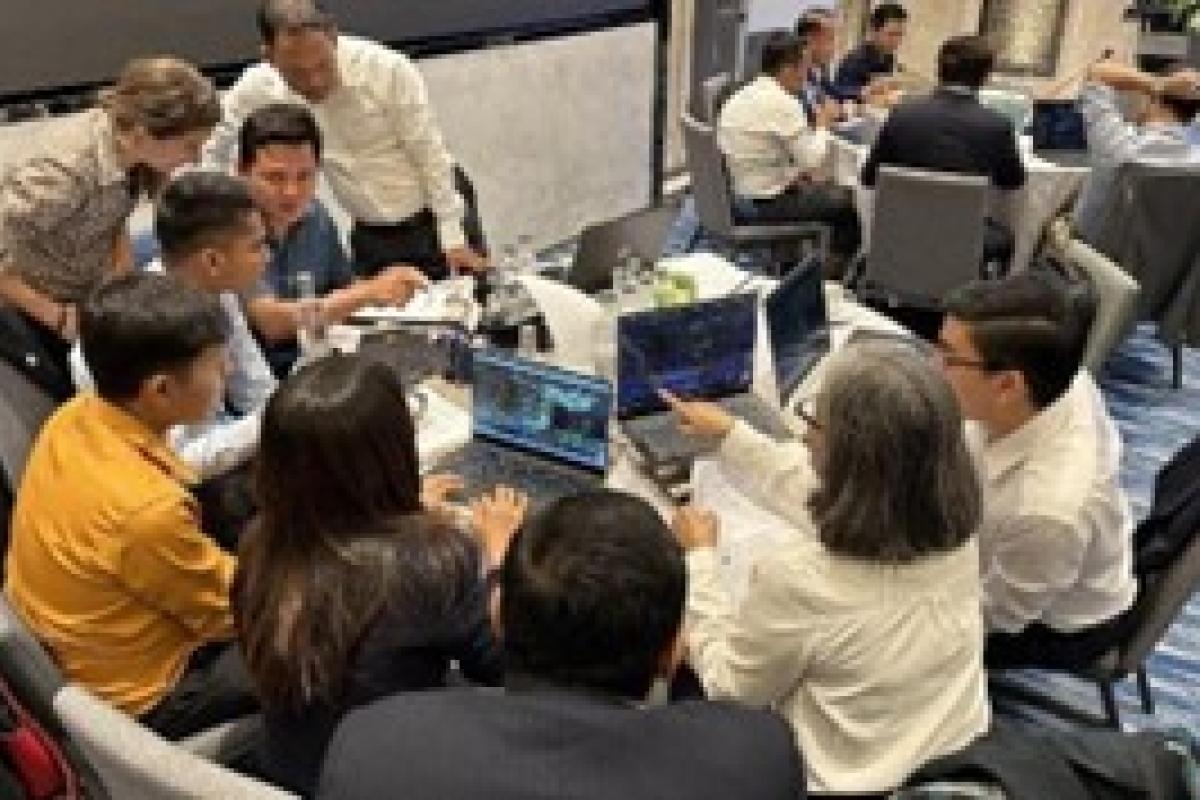The modelling framework in GAW will embrace the SAGs and expert groups, while recognizing and respecting the fact that different SAGs have intrinsic modelling needs. The SAG on Applications (SAG-Apps) will focus on applications that use NRT data delivery on scales larger than urban, including the development of boundary conditions for local modelling and improvement of models and development of services related to dust, volcanic ash and biomass burning plumes, and health applications.

Subsidiary bodies
Working groups
The modelling framework in GAW will embrace the SAGs and expert groups, while recognizing and respecting the fact that different SAGs have intrinsic modelling needs. The SAG on Applications (SAG-Apps) will focus on applications that use NRT data delivery on scales larger than urban, including the development of boundary conditions for local modelling and improvement of models and development of services related to dust, volcanic ash and biomass burning plumes, and health applications. In addition, in collaboration with WIS/WIGOS which are ensuring dissemination of observational data, the SAG-Apps will review data systems that ensure possibility of service delivery. In liaison with WGNE and taking into consideration conclusions from the World Weather Open Science Conference, it will work towards improved representation of atmospheric composition in weather models. Furthermore, based on data assimilation, it will facilitate global uptake of “realistic” boundary conditions for regional to local air quality applications worldwide in liaison with SAG GURME. In addition, in liaison with SDS-WAS, Volcanic Ash Advisory Centers (VAACs) and other international activities, it will further foster the use of observations to better monitor and predict large-scale transport of dust, fire and volcanic emissions and their impacts.

